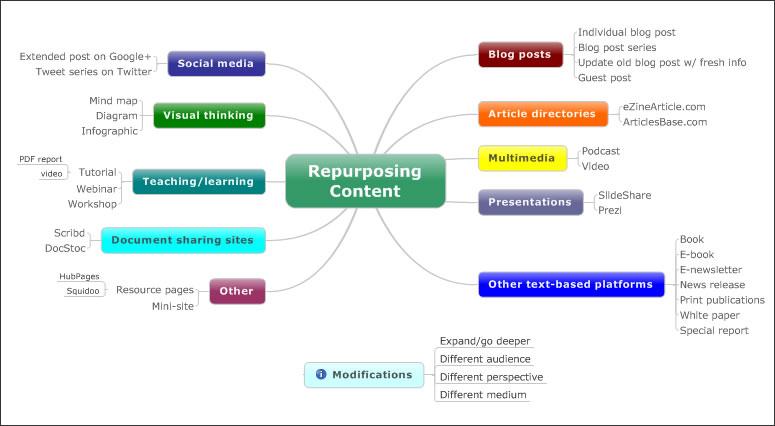 A startling 94% of companies claim that personalization is a key component of their success. Meanwhile, 56% of consumers would happily purchase from a company that provides a good – not even great – personalized experience.
A startling 94% of companies claim that personalization is a key component of their success. Meanwhile, 56% of consumers would happily purchase from a company that provides a good – not even great – personalized experience.
Those kinds of statistics aren’t just impressive, they’re actually driving a new form of content development: adaptive content.
This idea is the new kid on the block. For the purpose of this post, we’ll look at it from a twofold perspective. Adaptive content is a combination of:
- Using personalization to enhance the customer experience, and
- Preparing content for delivery across multiple platforms.
These two facets of the term work together to create a complete, well-rounded experience. By implementing it in your content strategy, you’ll turbo-charge your ability to build awareness, trust and engagement with prospects and existing customers.
Adaptive Content Provides a Personalized Experience
Every channel, device and scenario serve as puzzle pieces that make up the consumer journey. If you look at the hundreds of pieces individually, they don’t make much sense. But if you join them together, you can see the whole image clearly.
In content marketing, it’s time that we start looking at the big picture.
This happens through the development and implementation of a comprehensive content strategy. Your strategy should provide enough insight into the mind of the customer that you’re able to determine a clear direction for personalization.
The 5 Elements of Adaptive Content
Before we get any further into the nitty-gritty of adaptive content strategy, I want to talk about the elements you’ll want to look for during the initiative.
Karen McGrane is a superhero on this topic. If you haven’t read her book or heard her speak, you’re missing out on some really great information.
She outlines five elements of adaptive content that are critical to your success. Let’s talk about each of them briefly.
- Reusable Content – Develop content that you can use on multiple platforms. You also want the ability to create similar content in different formats to reach a wider variety of prospective customers.
- Structured Content – Create small chunks of content that can easily be consumed on multiple devices, regardless of their size.
- Presentation-Independent Content – This is the bare bones of your piece. It’s the raw content without ornate or ostentatious formatting.
- Meaningful Metadata – This hidden data quickly describes the purpose and intent of the content. This helps for easy interpretation by your viewers, as well as enhanced parsing by the search engines.
- Usable CMS Interfaces – Ultimately, you want a simple, functioning system that makes the delivery of all of the above elements possible.
Although I love the elements Karen uses, I think we can simplify it even more. I like to think of it in terms of the common phrase Reduce, Reuse, Recycle.
- Reduce the amount of work by systemizing your workflows and processes.
- Reuse content on multiple platforms and broadcast your message on every channel.
- Recycle (or, repurpose) the published work into different formats to get the most out of it. Read the whole article here


0 commentaires:
Enregistrer un commentaire